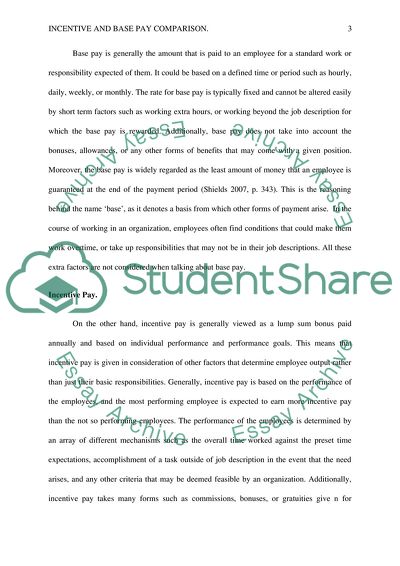Cite this document
(Incentive and Base Pay Comparison Assignment Example | Topics and Well Written Essays - 1500 words, n.d.)
Incentive and Base Pay Comparison Assignment Example | Topics and Well Written Essays - 1500 words. https://studentshare.org/finance-accounting/1848309-incentive-and-base-pay-comparison
Incentive and Base Pay Comparison Assignment Example | Topics and Well Written Essays - 1500 words. https://studentshare.org/finance-accounting/1848309-incentive-and-base-pay-comparison
(Incentive and Base Pay Comparison Assignment Example | Topics and Well Written Essays - 1500 Words)
Incentive and Base Pay Comparison Assignment Example | Topics and Well Written Essays - 1500 Words. https://studentshare.org/finance-accounting/1848309-incentive-and-base-pay-comparison.
Incentive and Base Pay Comparison Assignment Example | Topics and Well Written Essays - 1500 Words. https://studentshare.org/finance-accounting/1848309-incentive-and-base-pay-comparison.
“Incentive and Base Pay Comparison Assignment Example | Topics and Well Written Essays - 1500 Words”. https://studentshare.org/finance-accounting/1848309-incentive-and-base-pay-comparison.


